Tomato crow deterrent measures
This time, we’ll apply crow deterrents to the tomatoes.
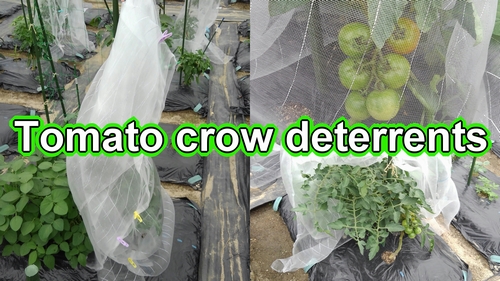
It seems crows are targeting the ripening tomatoes, and there’s already damage in other rows.
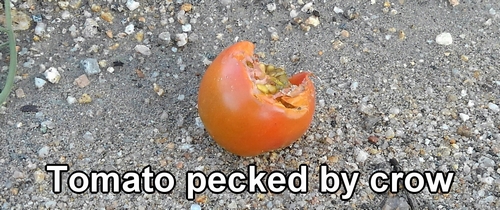
Crows scavenge trash in cities and homes, but I didn’t realize they also eat tomatoes.
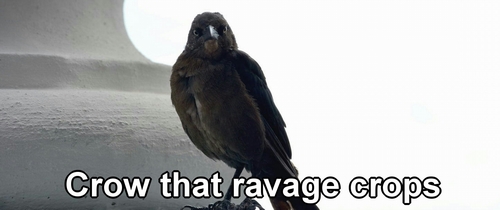
My tomatoes are still green and untouched, but they might get eaten when they turn red, so I’ll take precautions now.
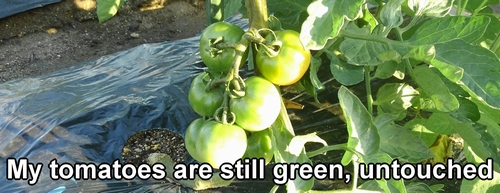
We cover the entire tomato plants with insect netting. This is our crow deterrent for the tomatoes.
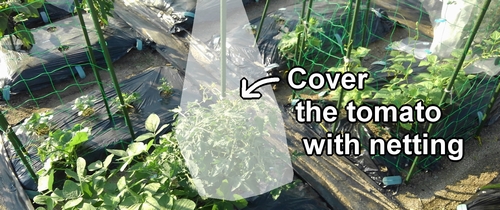
This is the insect netting. It not only prevents pests from entering but also serves as a bird deterrent.
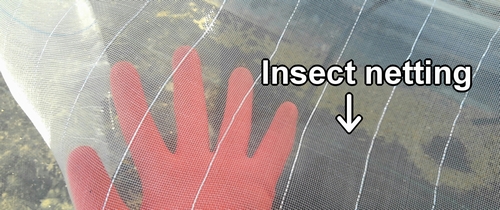
First, cut a 3-meter (9.8 feet) length of the 180cm-wide (6 feet-wide) insect netting, then place the middle part over the tomato support stake.
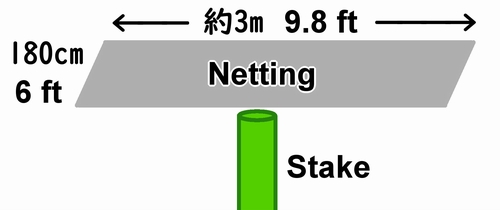
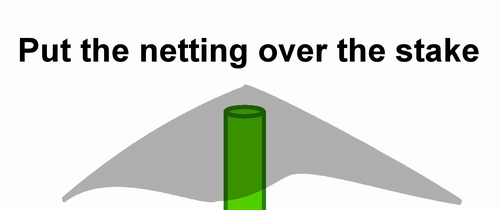
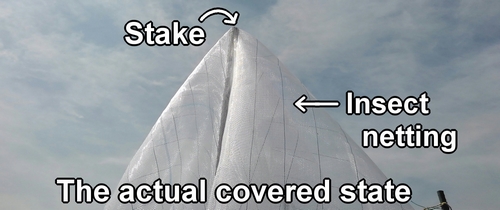
This is how it looks at the bottom. Make sure the entire tomato plant is covered. We check the length balance and adjust the position of the insect netting if there are any extremely short areas.
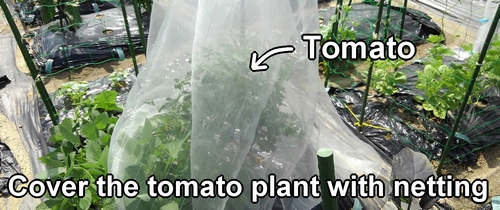
Once the net is in place, tie it around the top of the support stake in 2-3 spots using strings to prevent it from being blown away by the wind.
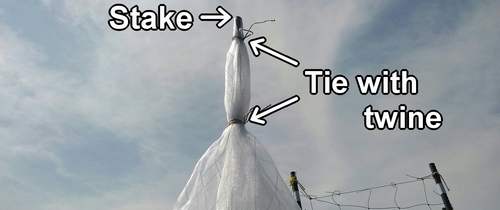
At the bottom of the insect netting, gather it lightly around the support stake.
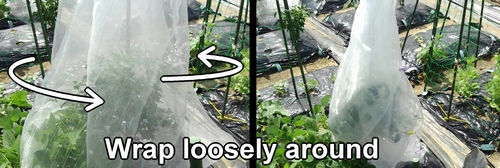
To prevent it from spreading in the wind, we’ll use clothespins to secure the net in several places.
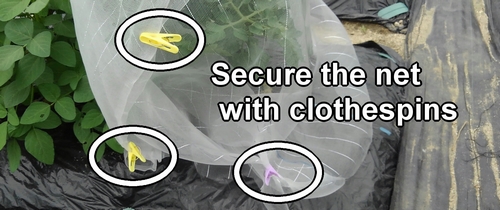
The entire tomato plant is covered, but regular care seems feasible.
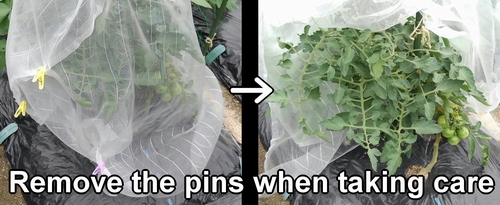
Just covering them with the net seems fine because it appears crows won’t enter where their wings touch.
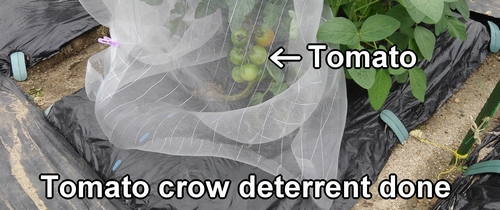
Addition
This method involves enclosing the entire tomato plant with insect netting, which reduces airflow. Honestly, it’s not a highly recommended approach. For crow deterrents, I think it’s better to string twine around the tomato plants.
We planted summer vegetables (such as tomato, eggplant, and bell pepper) in early May.
If you want to grow tomato well, let’s do some sucker pruning.
When tomatoes grow, we set up thick stake to support them. (Growing tomatoes vertically.)
Following is the video for how-to. English subtitles are available.


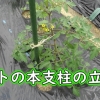


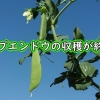







Discussion
New Comments
No comments yet. Be the first one!